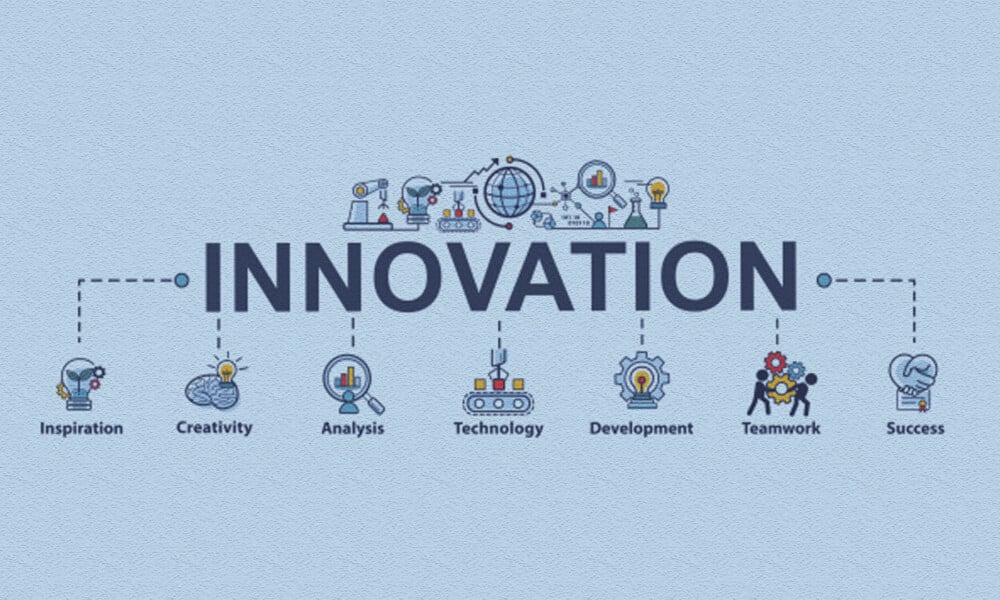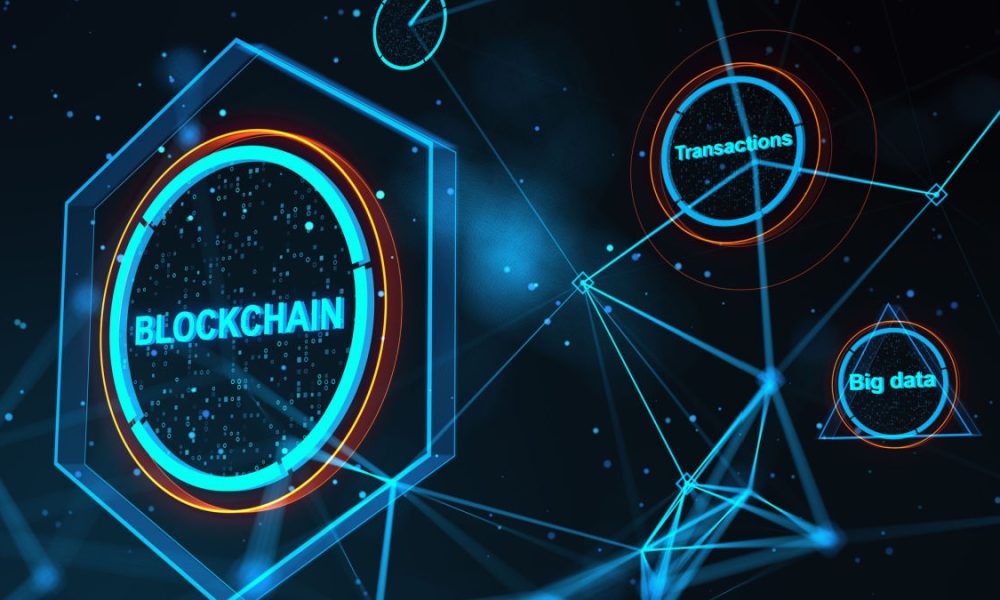The Intersection of Sustainability and Innovation in Business

Sustainability and innovation are two concepts that are often discussed in isolation, but their intersection has become a significant area of interest in the business world. Sustainability refers to the ability to meet the needs of the present without compromising future generations’ ability to meet their own needs. Innovation, on the other hand, is the process of introducing new or improved products, services, or processes that create value for customers or stakeholders.
Why is the Intersection Important?
The intersection of sustainability and innovation is essential because it allows businesses to create value while also considering the long-term impact of their operations. By integrating sustainable practices into their innovation strategies, companies can reduce their environmental footprint, improve their social impact, and enhance their reputation as responsible corporate citizens.
Moreover, sustainable innovation can lead to cost savings, increased efficiency, and new revenue streams. For instance, businesses that adopt circular economy principles can reduce waste, conserve resources, and create new products from recycled materials. This approach not only benefits the planet but also creates new business opportunities in the form of new markets and partnerships.
Examples of Sustainable Innovation in Business
- Renewable Energy: Many companies, including Google, Apple, and Amazon, have invested in renewable energy sources such as wind and solar power. These investments not only reduce their carbon footprint but also provide a stable and cost-effective source of energy.
- Green Products: Companies such as Patagonia and The Body Shop have created sustainable and eco-friendly products that appeal to environmentally conscious consumers. These products not only reduce waste but also create a loyal customer base that values sustainability.
- Circular Economy: Companies such as Philips and HP have adopted circular economy principles by designing products that can be easily recycled or repurposed. This approach reduces waste and conserves resources while also creating new business opportunities.
Challenges and Opportunities
While the intersection of sustainability and innovation offers many opportunities for businesses, it also poses several challenges. One of the main challenges is the need to balance short-term profitability with long-term sustainability. Many businesses are under pressure to deliver quarterly results, which can make it difficult to invest in sustainable innovation projects that may not yield immediate returns.
Another challenge is the need to overcome organizational silos. Sustainable innovation requires collaboration and cross-functional teams, which can be challenging in organizations with rigid hierarchies and siloed departments.
However, the intersection of sustainability and innovation also presents many opportunities for businesses. By embracing sustainable innovation, companies can differentiate themselves from their competitors, attract new customers, and create new business models that are more resilient and adaptable to changing market conditions.
The intersection of sustainability and innovation is a critical area of focus for businesses that want to create value while also considering the long-term impact of their operations. By adopting sustainable practices into their innovation strategies, companies can reduce their environmental footprint, improve their social impact, and enhance their reputation as responsible corporate citizens. While there are challenges to overcome, the potential benefits of sustainable innovation make it an area worth exploring for forward-thinking businesses.





